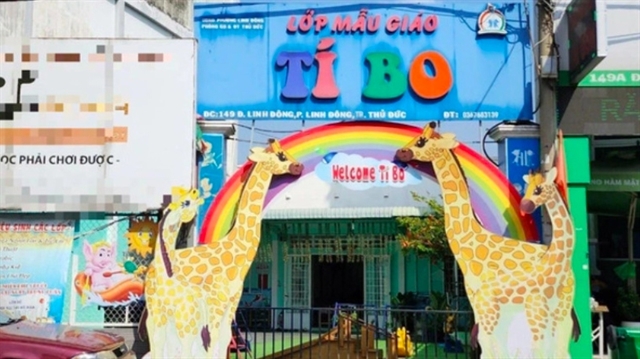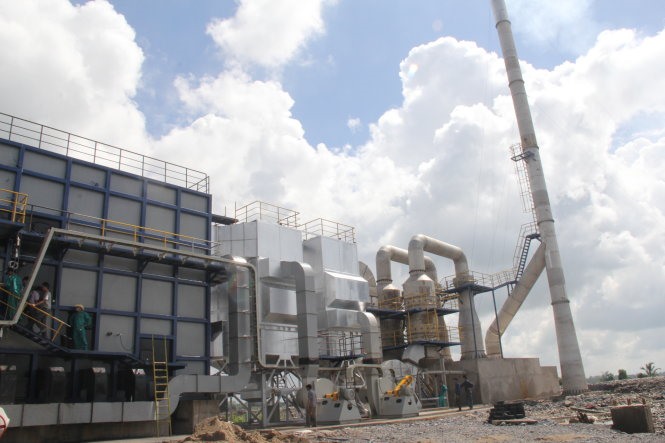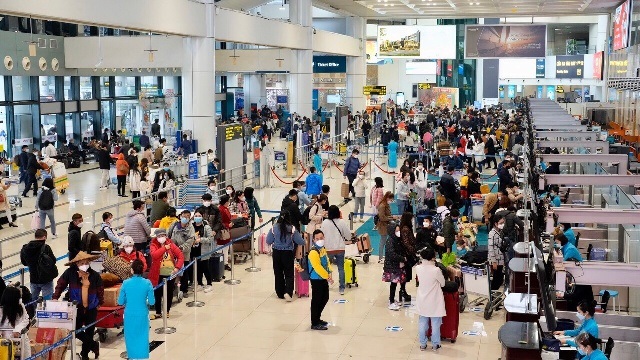 Environment
Environment

" />Treatment of urban waste is proving to be a challenge for Mekong Delta provinces because the operation of many garbage treatment plants has been delayed due to disputes over pricing and investors are shying away since it is not a lucrative business.
 |
| Phương Thảo company built a garbage treatment plant in Vĩnh Long at the end of 2011, but had to wait until mid-2015 to operate it since it could not agree on pricing with the province. — Photo tuoitre.vn |
HCM CITY — Treatment of urban waste is proving to be a challenge for Mekong Delta provinces because the operation of many garbage treatment plants has been delayed due to disputes over pricing and investors are shying away since it is not a lucrative business.
There is no treatment plant in Cần Thơ City or An Giang Province, while Kiên Giang Province has only one out of a total of four proposed plants and Cà Mau Province can only treat 140 tonnes of waste a day.
Together they generate 5,000 tonnes of waste daily and this is expected to go up to 7,500 tonnes by 2020.
Cà Mau’s master plan envisages building four treatment plants in Cà Mau City and Cái Nước, Đầm Dơi and U Minh districts.
“But we only have an investor for the plant in Cà Mau City,” Đoàn Quốc Khởi, director of the province’s Department of Finance, told Tuổi Trẻ (Youth) newspaper.
“This is an unattractive field and it is hard to find investors. Garbage treatment has become a burden on local resources.”
The city pays VNĐ350,000 (US$15) to treat a tonne of rubbish, but it costs the operator of the treatment plant VNĐ460,000 ($20.5).
The plant produces fertilisers but has been unable to sell it.
With losses piling up, the operator wants to hand over the plant to the province, but authorities do not want to take it over.
In Cần Thơ, the delta’s largest city, burning and burying are two methods used to treat garbage since it has no treatment plants yet.
The city generates 650 tonnes a day and only burns 390 tonnes. The rest is buried and causes severe pollution.
Irate residents around the Ô Môn waste dump often stop garbage trucks from entering it.
A proposal to set up a plant to treat 400 tonnes of waste a day has been submitted to the Ministry of Natural Resources and Environment for approval.
“Cần Thơ City and the Mekong Delta have not got any modern waste treatment plants,” Prof Dr Lê Anh Tuấn from Cần Thơ University said.
“Besides the plant waiting for approval, the city [Cần Thơ] should find more investors to cope with the increasing rubbish.
“Provinces should have common waste treatment plants to reduce costs if they cannot find investors for plants in each province.”
Kiên Giang plans to build at least four waste treatment plants including in Phú Quốc Island, but has only one now near Rạch Giá City which handles around 200 tonnes a day.
Vĩnh Long is one of the few provinces in the delta to have a waste treatment plant. However, while Phương Thảo Company built the plant in Vĩnh Long City by the end of 2011, only in May 2015 did it begin operations because of a dispute over the rates.
Until it finally opened, Vĩnh Long faced many crises because its two-hectare dump with a capacity of 86,000 tonnes of waste had piled up 80,000 tonnes by August 2015.
While 150 tonnes of garbage came daily from Vĩnh Long City and six districts and towns, the dump refused to accept any of it until the plant opened.
In Long An Province, people have suffered from severe pollution for a long time since the Tâm Sinh Nghĩa waste treatment plant does not have enough waste incineration capacity.
The plant has been licensed to recycle plastic scrap to produce fertilisers, but with production equipment not installed, it has to transport some of the garbage to Củ Chi District in HCM City and burn the rest.
Between 2012 and 2014, the plant received 100-120 tonnes of garbage daily from Tân An City and Châu Thành and Tân Trụ districts.
After that it began to receive 160-180 tonnes of waste from Bến Lức, Đức Hoà and Tân Thạnh districts, and its incinerator could no longer handle it.
Across the delta, in the absence of treatment plants, garbage is mostly collected and buried in opened dumps along major roads. — VNS



.jpg)





.jpg)